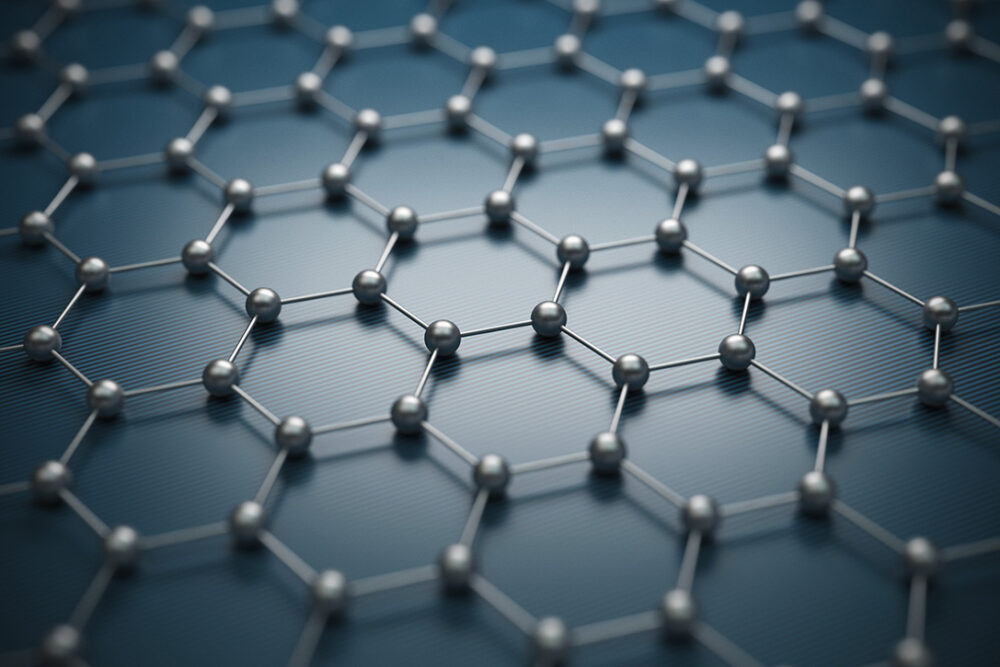Graphene, a burgeoning contender in the realm of materials science, has captivated the imagination of researchers, innovators, and industries alike. Possessing remarkable properties such as exceptional electrical conductivity, mechanical strength, and thermal conductivity, graphene has been heralded as a transformative material promising to revolutionize a multitude of sectors, from electronics to biomedical applications. Amidst the fervor surrounding its potential, a critical question emerges: is graphene over-hyped? This discourse aims to dissect the veracity of these claims, examining foundational properties, current advancements, and future trajectories while contemplating the broader implications of this enchanting material.
To commence, it is imperative to delineate what graphene is. Graphene is a monolayer of carbon atoms arranged in a two-dimensional honeycomb lattice. It exhibits a plethora of remarkable attributes, which have led to its widespread recognition. For instance, graphene boasts an intrinsic electrical mobility at room temperature that far exceeds that of silicon, igniting intrigue in potential applications in the semiconductor industry. Furthermore, its tensile strength is approximately 200 times greater than that of steel, suggesting durability beyond conventional materials. These properties have bred aspirations that graphene could fundamentally alter technological paradigms.
However, the hyperbole surrounding graphene’s potential must be scrutinized through a lens of realism. A subplot in the narrative of graphene is the distinction between its theoretical capabilities and practical applications. While lab-scale experiments have elucidated its attributes, the translation to industrial-scale processes presents formidable challenges. For instance, the synthesis of high-quality graphene in sufficient quantities has proven to be a formidable engineering feat. Techniques such as chemical vapor deposition (CVD) and mechanical exfoliation have shown promise; nonetheless, scalability and cost-effectiveness remain impediments to broader adoption.
A pivotal aspect of the discourse entails examining the anticipated applications across diverse sectors. The electronics industry heralds graphene as a potential successor to silicon. Its high conductivity and thinness position it as an ideal candidate for transparent conductive films, touch screens, and even advanced semiconductor devices. In the realm of energy storage, graphene is being explored for its potential in supercapacitors and batteries, where it could contribute to lighter, more efficient energy solutions. Moreover, in biomedicine, graphene oxide has been investigated for drug delivery systems due to its biocompatibility.
Nonetheless, while these applications are tantalizing, the pressing question arises: when will they transcend beyond the theoretical into the quotidian reality? The lag in commercialization signifies that despite the vast hype, the gritty realities of material science entail extensive testing, regulatory approvals, and iterative design improvements. This gap between promise and delivery has fostered skepticism regarding whether graphene can engender a legitimate paradigm shift or if it remains shackled to the realm of undervalued potential.
Apart from practical constraints, ethical and environmental considerations must also be factored into the graphene equation. The production of graphene often involves toxic chemicals, posing health risks to workers and environmental hazards. Moreover, the long-term implications of introducing graphene into consumer products and the environment warrant due diligence. As discussions of sustainability become increasingly paramount, the prospect of graphene’s widespread application may inspire further scrutiny of its lifecycle, paving the way for innovations that are not only groundbreaking but also environmentally benign.
Amidst this multifaceted panorama, one must consider the psychological and socio-economic facets that influence perceptions of graphene. The phenomenon of technological exuberance often results in the amplification of potential benefits while downplaying risks and limitations. The expectation bias can inflate public enthusiasm, creating a chasm between what is presently achievable and what is being anticipated. This necessitates an intellectual humility and a balanced narrative that emphasizes rigorous scientific inquiry over sensationalized proclamations.
Moreover, the competitive landscape of materials science affords a plethora of alternatives that could rival graphene. Materials such as carbon nanotubes, transition metal dichalcogenides, and even traditional materials like metals and ceramics continue to evolve, potentially offering comparable or even superior characteristics to graphene in specific applications. Thus, while graphene may capture the spotlight today, it is imperative to explore the broader ecosystem of materials science, where synergy between diverse materials and technologies could yield unforeseen advancements.
In conclusion, while graphene undeniably holds remarkable properties and prospects, caution is warranted against the perils of hyperbole. The journey from lab bench to market readiness is fraught with complexity and necessitates a concerted effort across various domains — from materials engineering to regulatory frameworks and ethical considerations. Grappling with the question of whether graphene is over-hyped encapsulates a broader narrative within the scientific community, wherein potential must be constantly interrogated, and optimism tempered with realism. Ultimately, only time will reveal whether graphene ushers in a new era of material sciences or serves as a sobering reminder of the chasm between promise and reality.












